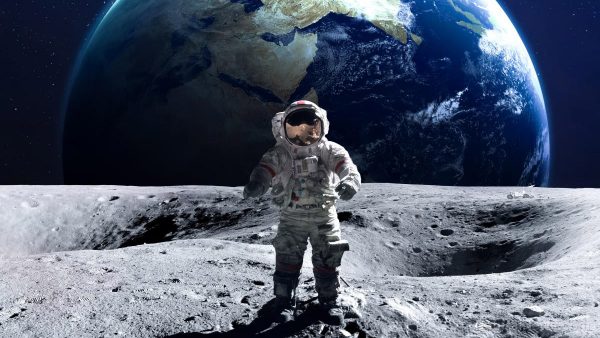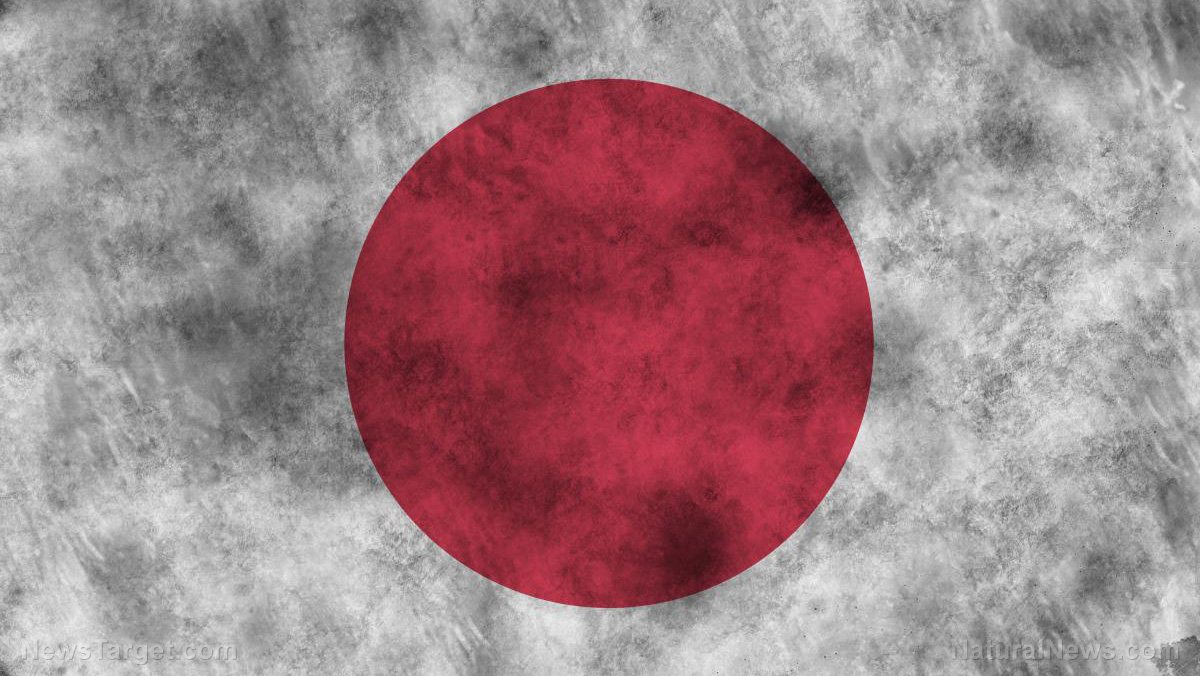
Lunar microbes likely from Earth – if they actually exist
According to Saxena, any microbial life forms on the lunar surface may have originated from Earth and survived their journey to the freezing lunar south. (Related: Life on the ice: Extraterrestrial life on ice worlds could look like Hawaiian underwater creatures.) Saxena noted that these microorganisms may have been bits of the planet thrown to the moon as "Earth meteorites." According to Heather Graham, a NASA Goddard organic geochemist and a member of the study team, that is indeed a possibility. However, that doesn't mean that Earth microbes can also survive deep-space journeys. "While extraterrestrial transfer of organic molecules from meteoritic sources is very likely, and indeed observed in our own terrestrial meteorite analysis, the transfer of microbes from similar sources does not have the same weight of evidence. It may be an interesting idea, but without viable data, this route cannot be included in this study," Graham said. Graham added that the study team is very conscious of the several ways that humans are the largest vector of microbes on the moon. "We will soon have 50 years of history of humans and their objects on the surface with no stringent requirements regarding forward contamination. We view humans as the most likely vector given the extensive data that we have about our history of exploration and the impact record as a second, albeit less influential, early terrestrial source," Graham stated. Graham mentioned that the way the study team is tackling the problem isn't necessarily because they believe the Artemis missions will create a deluge of microbes to blossom instantly close to the lunar south pole in a "dorm room fridge" scheme. Follow Space.news for more news about lunar missions to the moon. Watch this clip from Fox News as NASA veteran Nicole Stott discusses how the United States can do more to expand its space industry. This video is from the News Clips channel on Brighteon.com.More related stories:
China to begin construction of LUNAR BASE using moon soil. The Moon has plenty of water – frozen below the surface. Scientists find surface-exposed water ice on the moon. Lunar meteorite hints at the moon having water, once upon a time. Interior of the moon likely contains billions of gallons of water. Sources include: LiveScience.com Yahoo.com Brighteon.comPeer-reviewed studies suggest that cardiovascular deaths from mRNA jabs are largely under-reported
By Lance D Johnson // Share
Polyphenols in wild blueberries can help lower blood pressure and boost brain function
By Evangelyn Rodriguez // Share
Make sure your vitamin D levels are optimized, otherwise you could suffer a heart attack
By Ethan Huff // Share
WHO: Artemisinin is a powerful remedy against malaria
By Ethan Huff // Share
Georgetown University names mass murderer Anthony Fauci a “distinguished professor”
By Ethan Huff // Share
Race for Star Power: TAE Technologies to merge with Trump Media in $6B deal
By willowt // Share
Six pre-workout snacks that improve performance
By ljdevon // Share
Germany's $3.1 billion arms deal with Israel sparks outcry amid Gaza genocide
By ramontomeydw // Share
Elon Musk predicts AI will make money obsolete, dismisses need for savings accounts
By bellecarter // Share
Japan's NUCLEAR dilemma: Rising tensions spark debate over pacifist principles
By ramontomeydw // Share











